What color should I paint my house exterior? This question represents one of the most significant decisions for both new homeowners and those looking to refresh their property’s appearance. Unlike interior paint selection, choosing an exterior color requires careful consideration of multiple factors beyond personal preference – including your neighborhood’s aesthetic, your home’s architectural style, and even your local climate conditions. From timeless classic white to bold modern charcoal, from calming beige tones to striking navy blue, each color option comes with its own unique set of advantages and potential drawbacks. In this comprehensive guide, we’ll walk you through the key considerations and practical tips to help you select the perfect exterior paint color that enhances your home’s character while harmonizing beautifully with its surroundings.
What Color Should I Paint My House Exterior?
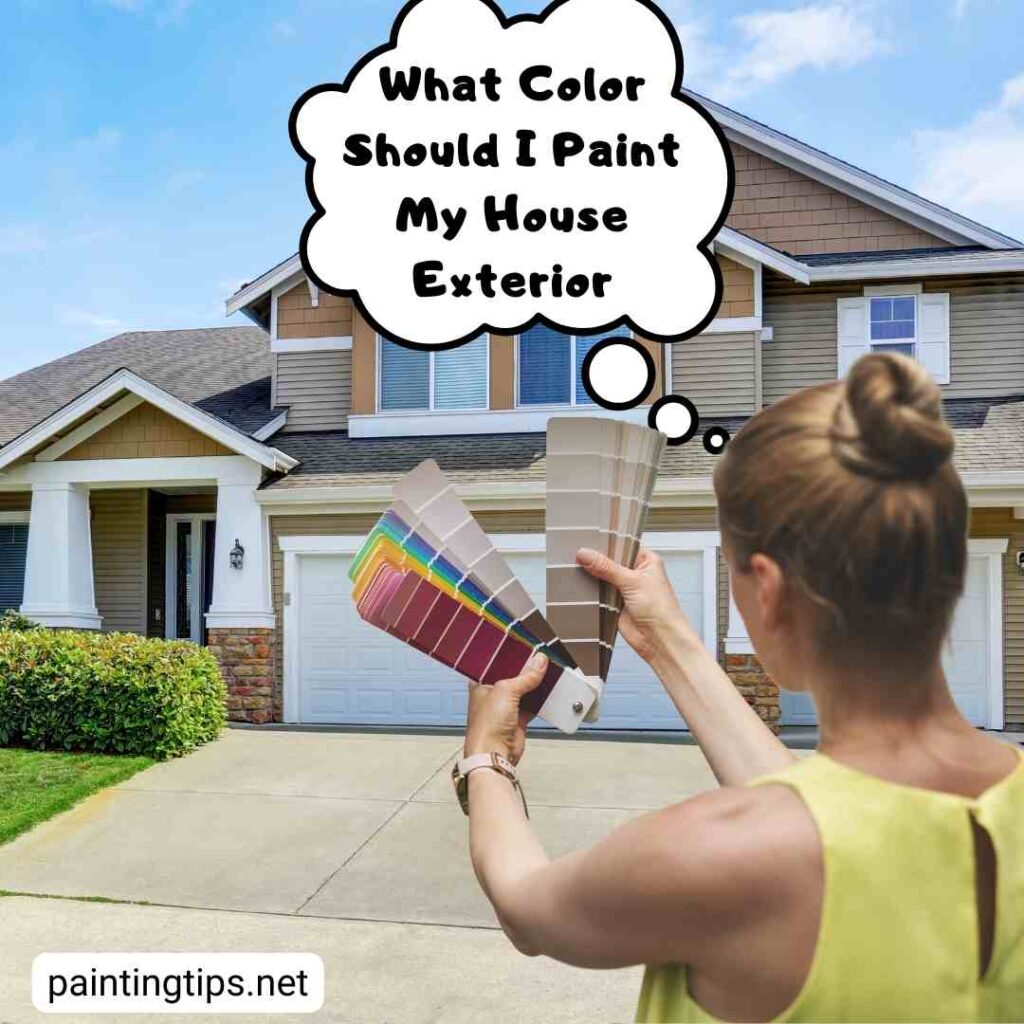
Choosing the right exterior color for your home can be a challenging yet rewarding decision. Unlike interior colors, exterior shades need to blend with the neighborhood, architecture, and climate. Whether you prefer classic neutrals or bold hues, the right color can enhance your home’s curb appeal and reflect your personal style. This guide will help you choose the best exterior paint color based on various factors.
Choosing exterior paint colors is slightly different from selecting interior ones. For interiors, we typically choose colors based on our personal preferences, lighting, or furniture. However, for exteriors, it is expected that the colors not only suit your personal taste but also harmonize with nearby buildings and, at times, the natural surroundings.
The colors you love might not blend well with neighboring homes or create the desired effect. If your home’s color stands out too much from others on the street, it could negatively impact the overall appearance of the neighborhood. However, if there is no risk of incompatibility in your area, you can opt for a vibrant exterior color that reflects your style and helps your home stand out.
1-Classic White
Classic white is a timeless and versatile choice for your home’s exterior. It enhances architectural details and pairs well with almost any accent color for shutters and doors, whether you want a sleek modern look or a more traditional style. White offers a clean, classic appearance that never goes out of fashion, making it a reliable choice for homeowners.
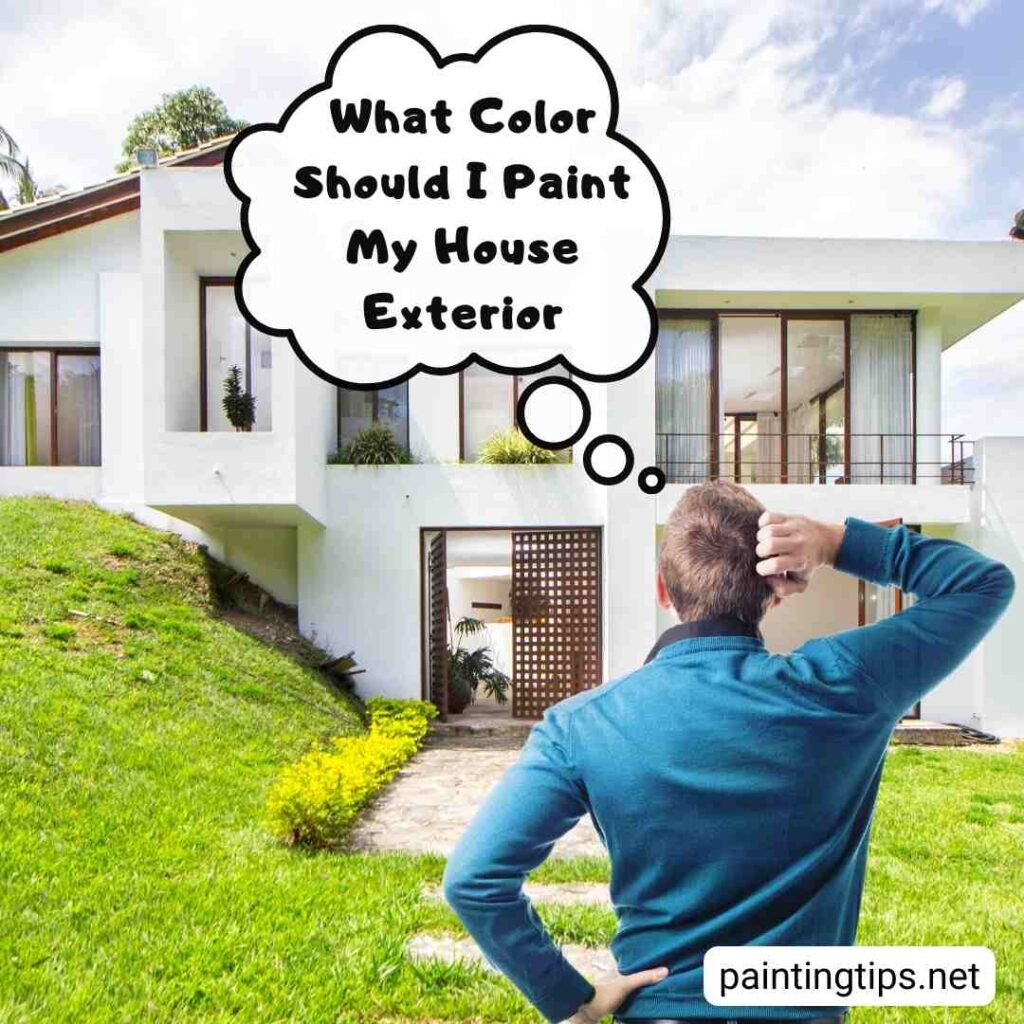
One of the key benefits of white paint is its ability to reflect sunlight, which helps keep your home cooler in hot climates. It also increases curb appeal by providing a bright, fresh look that makes your home more inviting. White is easy to match with other colors, offering flexibility when choosing accents like doors, shutters, or trim. Additionally, white can make smaller homes appear larger by creating an airy, expansive feel.
However, there are some downsides to a white exterior. White tends to show dirt, stains, and weathering more easily, requiring frequent cleaning and maintenance. Over time, it can also develop a yellowish tint due to environmental factors. In areas with strong sunlight, white may reflect glare, which can be uncomfortable. Lastly, while classic, white may lack personality and feel too stark for some tastes, and it may not be the best choice in colder climates since it doesn’t absorb heat, potentially increasing heating costs.
2-Light Gray
Light gray is a neutral and elegant choice for your home’s exterior, offering a sleek and sophisticated look. It pairs beautifully with darker trims or bold front door colors, providing a modern vibe without overwhelming the design. Light gray works well in many settings, creating a contemporary yet understated appeal.
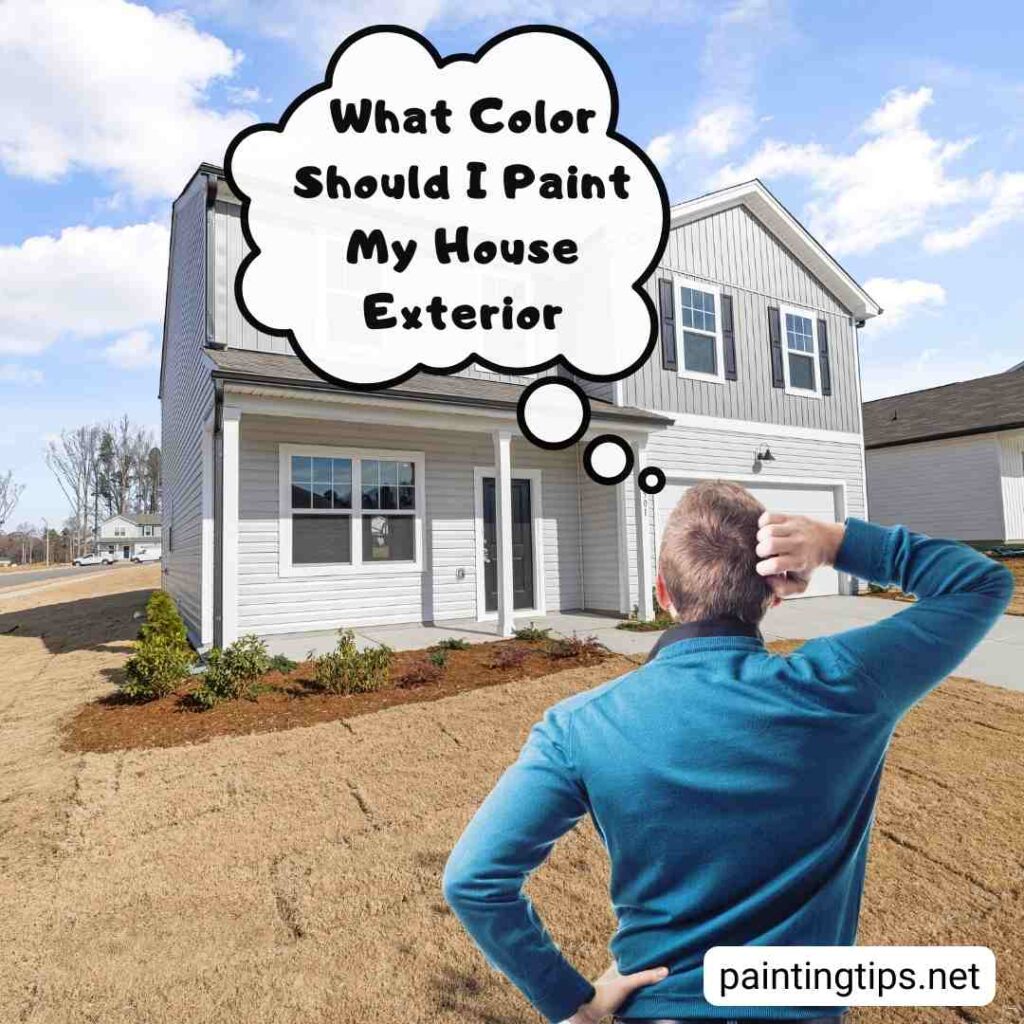
One of the main advantages of light gray is its versatility with other colors. It pairs seamlessly with a wide range of hues, from bold to subtle tones. Additionally, light gray does a better job of concealing dirt, stains, and weathering compared to white, making it easier to maintain. The color also has a cool, calming effect, which can create a serene atmosphere on your home’s exterior. It can reflect heat like white but without the glare, making it a good option for warmer climates.
3-Beige
Beige is a warm and inviting color that creates a soft, welcoming appearance for your home. It is especially ideal for homes in suburban or rural settings, adding a touch of comfort and calm to the exterior. Beige is timeless and classic, much like white, and can maintain its appeal for many years without feeling outdated.
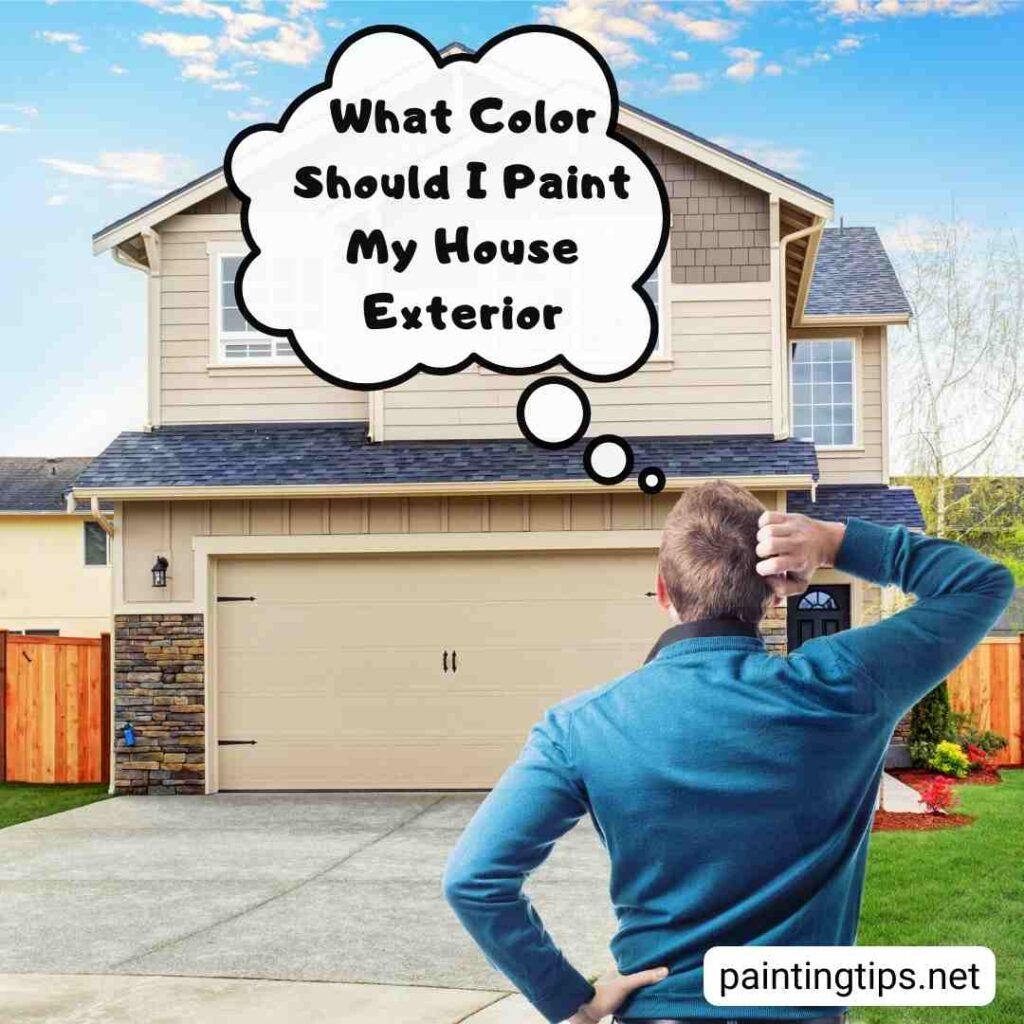
One of the main advantages of beige is its versatility. It pairs well with a variety of accent colors, allowing for easy customization of your home’s exterior. Beige also does a better job of concealing dirt, stains, and weathering compared to lighter shades like white. As a light neutral, beige can help keep your home cooler in hot climates by reflecting heat.
However, beige also has its drawbacks. Some may find it too plain or dull, especially in areas with a lot of natural light or surrounding greenery. Over time, beige exteriors can fade or look washed out due to sun exposure, requiring more frequent maintenance. Additionally, beige may not stand out as much as bolder colors, making it less ideal if you’re looking for a striking or unique look.
4-Taupe
Taupe is a sophisticated and elegant color that gives your home a refined, earthy feel. Its rich, warm tone blends well with both modern and traditional styles, making it a versatile choice for various design preferences. Taupe offers a warmer alternative to gray, making it especially ideal for colder climates or homes featuring natural stone or wood elements.
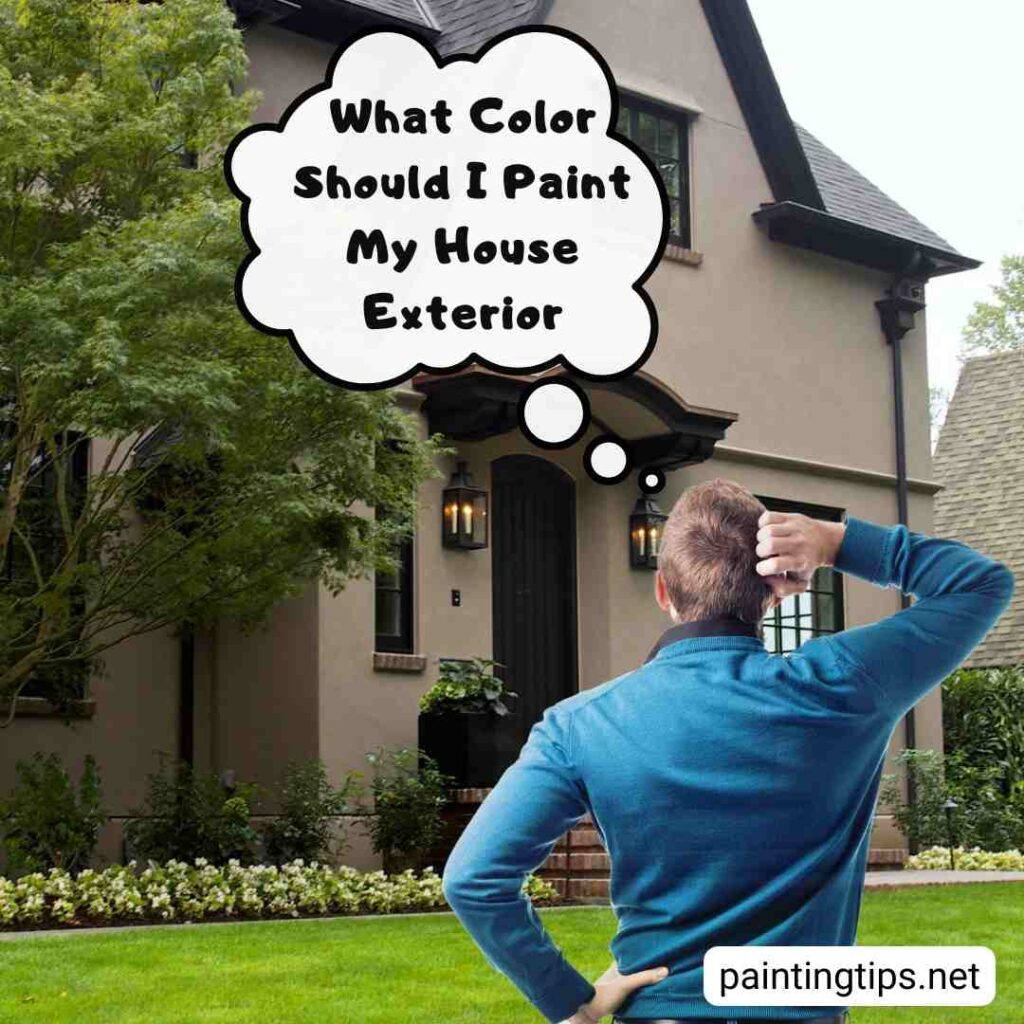
One of the main advantages of taupe is its ability to conceal dirt and weathering, similar to beige. This makes it easier to maintain your home’s exterior, as it hides stains better than lighter shades. Additionally, taupe complements natural surroundings such as greenery, stone, and wood, making it a great choice for homes in rural or nature-heavy areas.
However, taupe has some drawbacks. In certain lighting conditions, it can appear dark or heavy, which may not be ideal for smaller homes or spaces that lack sunlight. Taupe can also blend too much into the environment, particularly in neighborhoods with similar color tones, making your home less noticeable. Finally, while taupe is versatile, it requires careful coordination with landscaping and accent colors to avoid clashing and ensure a harmonious design.
5-Navy Blue
Navy blue is an elegant and bold color, perfect for coastal or modern homes. Its deep tone adds sophistication and pairs strikingly with white trim, creating a refined and timeless appeal. Navy blue makes a strong statement for your home’s exterior, exuding both luxury and charm.
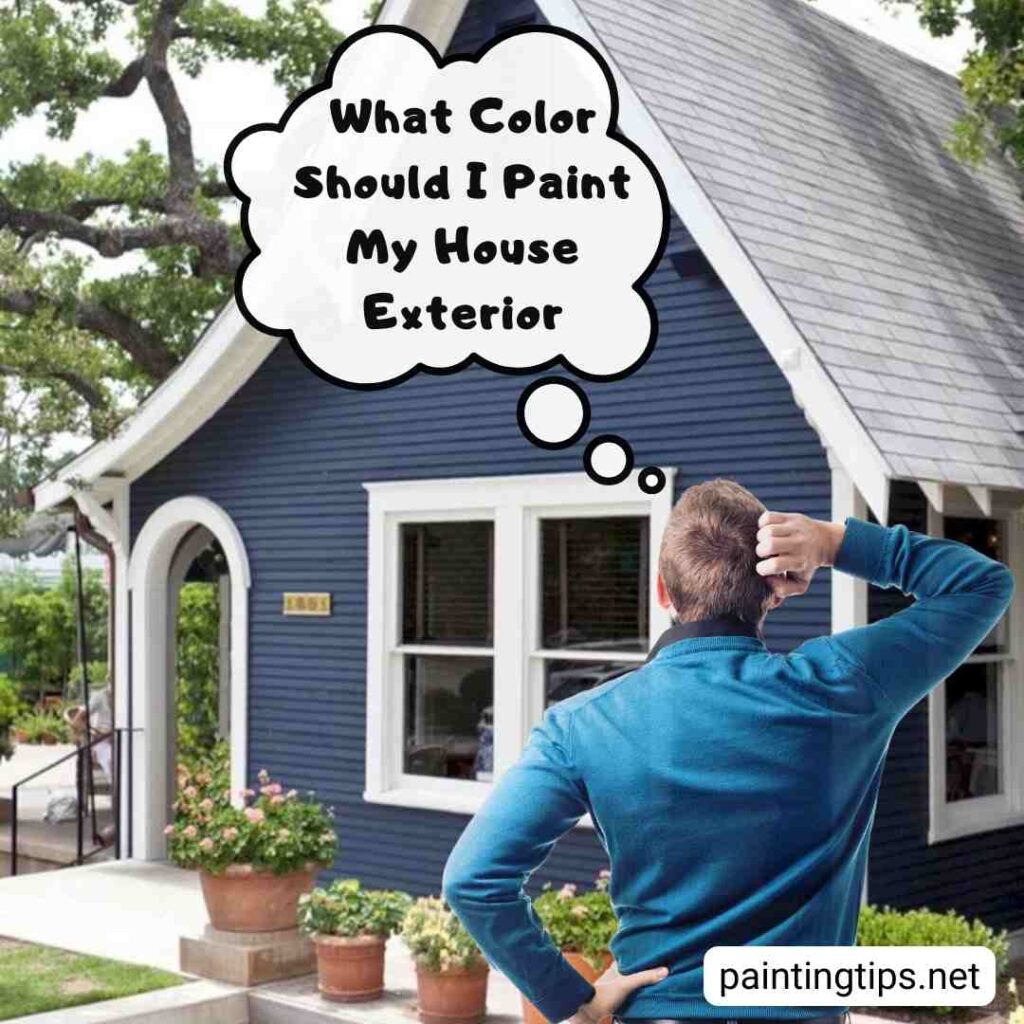
One of the advantages of navy blue is its bold elegance. It gives your home a sophisticated, luxurious look that stands out in a subtle yet powerful way. Navy blue also provides high contrast, making architectural details pop against lighter accents or landscaping. Dark colors like navy tend to hide dirt, stains, and weathering better than lighter shades, requiring less maintenance. Additionally, navy blue works well with various materials, such as wood, brick, and stone, making it a versatile choice for different home styles.
However, navy blue has some drawbacks. It can feel heavy, especially on large surfaces, and may overpower smaller homes or spaces with limited natural light. Like other dark colors, navy blue is prone to fading from sun exposure, which may require more frequent touch-ups. The high contrast between navy and lighter accents can sometimes be jarring, depending on the surroundings. Additionally, navy blue can absorb more heat than lighter colors, potentially increasing cooling costs in hot climates. Although navy blue hides dirt better than lighter shades, it may show dust or pollen more than other dark tones, particularly in areas with high outdoor activity.
6-Soft Green
Soft green is a gentle, refreshing color that creates a serene, nature-inspired look for your home. It blends beautifully with natural surroundings like gardens and trees, offering a calming, peaceful atmosphere. This color can give your home a natural, inviting appearance, making it an ideal choice for those seeking a tranquil aesthetic.
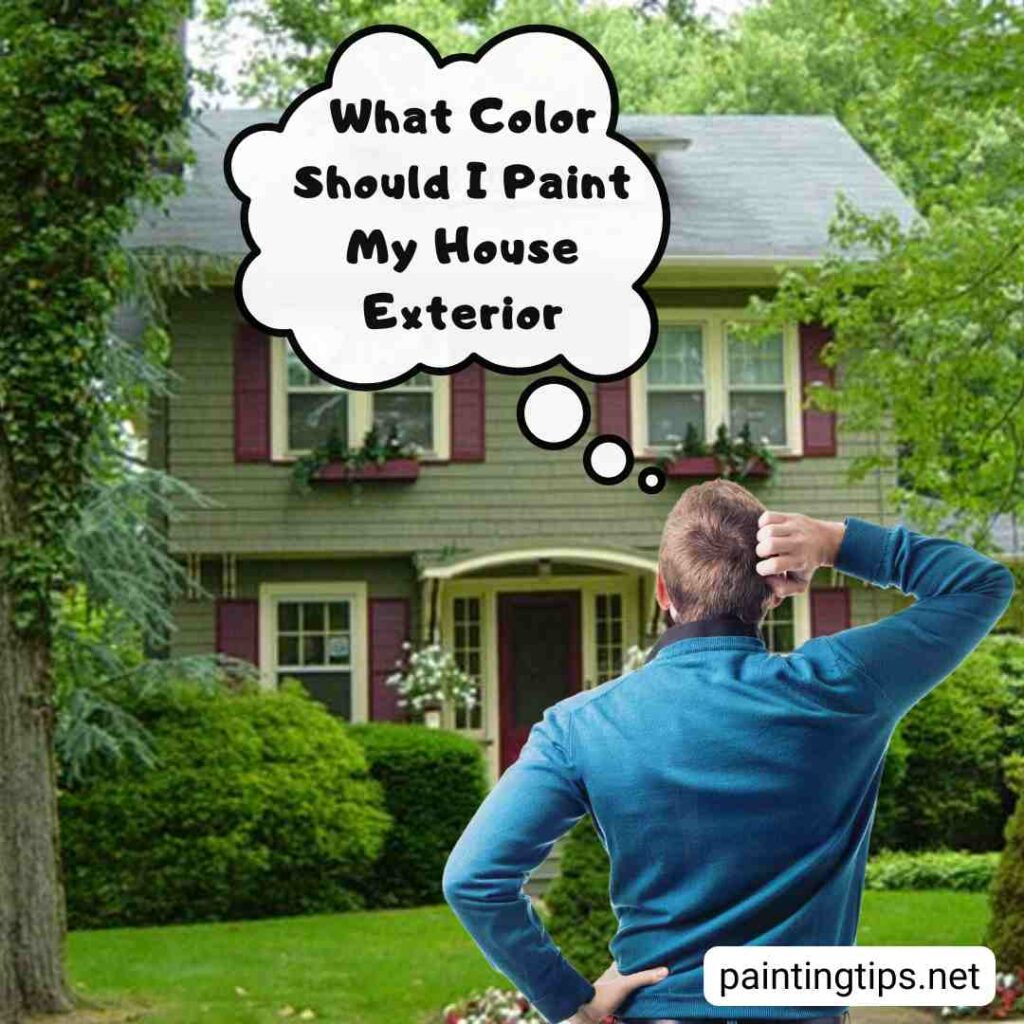
One of the main advantages of soft green is its natural and calming effect. It works well with outdoor spaces, creating a harmonious connection with the landscape. Soft green is also versatile, pairing easily with a range of accent colors like white, beige, and even bolder tones like navy and gold. Additionally, compared to lighter colors like white, soft green hides dirt, stains, and weathering more effectively, reducing maintenance needs.
However, soft green has some drawbacks. It can be too subtle for those looking for a bold or dramatic statement, and in neighborhoods where many homes feature natural tones, it may not stand out as much. Depending on the lighting, soft green can sometimes appear washed out, especially on larger surfaces, lacking depth. Additionally, if you have dark-colored trims or other strong design elements, soft green may not provide enough contrast to highlight them effectively. In urban settings, soft green may feel out of place, as it lacks the contemporary appeal that darker or bolder colors offer.
7-Charcoal and Black
Charcoal and black are bold, dramatic colors that can give your home a striking, modern appearance. These darker shades add sophistication and high-end appeal, making a bold statement for your home’s exterior.

One of the main advantages of charcoal and black is their ability to create a sleek, contemporary look. These colors provide high contrast, making architectural details and landscaping stand out, especially when paired with lighter accents. They also require less maintenance than lighter colors, as they conceal dirt, stains, and weathering more effectively. Charcoal and black are timeless choices that stay stylish over time, ensuring your home remains modern for years. Additionally, these colors add drama and definition, making your home’s exterior eye-catching.
However, there are some drawbacks to using dark colors. Charcoal and black can feel overpowering, especially on large surfaces, making them less suitable for smaller homes or spaces with limited natural light. They also absorb more heat, which could result in higher cooling costs in warmer climates. Like most dark colors, they are prone to fading due to sun exposure, requiring more frequent touch-ups. The high contrast between dark exteriors and light accents can be too intense for some, particularly in traditional or rustic settings. Lastly, dark colors can make a home look smaller, which may not be ideal for homes that are already compact or lack sufficient natural light.
Factors to Consider When Choosing an Exterior Paint Color
- Architectural Style: The design of your home greatly influences the color palette. Traditional homes often pair well with classic whites or muted shades, while modern houses can accommodate bolder, more contemporary hues.
- Neighborhood Trends: Look around your neighborhood for inspiration. While your home should stand out, it’s important to complement the overall aesthetic of the area.
- Climate and Surroundings: Consider the local climate and natural surroundings. Lighter colors reflect heat and are ideal for warmer climates, while darker shades add warmth in cooler regions.
- Materials and Features: Pay attention to permanent features like your roof, brickwork, or stone accents. Your exterior paint should harmonize with these elements.
Exterior Colors for One-, Two-, and Three-Story Homes
For one-story homes, it’s best to stick with lighter colors to make the house appear larger. Consider accentuating the trim or shutters to add depth and dimension.
For two-story homes, balance is key. Use a light or neutral shade for the upper level and a slightly darker tone for the lower level to ground the structure.
For three-story homes, varying shades of the same color palette can create visual interest. A cohesive yet dynamic look can be achieved by highlighting each level with subtle variations.
What Color Should I Paint My Shutters, Front Door, Foundation, and Brick House?
For the front door and shutters, choose a contrasting or bold color to create a focal point. For example, a red door adds charm to a beige house, while navy shutters stand out against white siding. (Related article: How to paint a front door without removing it.)
For the foundation, opt for a darker shade to anchor the home and make the upper levels stand out. Charcoal gray, for instance, pairs well with light gray siding. For brick homes, consider neutral tones like beige or gray to complement the natural texture of the brick while allowing it to shine.
Frequently Asked Questions
What is the Best Color for the Exterior of a House?
The best exterior color depends on your home’s style, location, and preferences. White is classic and reflects heat but needs frequent maintenance. Soft green blends well with nature and is easy to maintain. Charcoal and black offer a modern look but absorb heat and may fade. Beige and taupe are warm and versatile, though subtle. Navy blue adds elegance but requires upkeep. Choose a color that suits your style, complements the surroundings, and fits your maintenance needs.
How do I Decide What Color to Paint the Exterior of My House?
When choosing an exterior paint color, consider your home’s architectural style, roof color, neighborhood trends, and the natural surroundings. Go for timeless, balanced shades that suit your home’s character.
Is it Better to Paint the Exterior of a House Dark or Light?
Light exterior colors reflect heat, make a home look bigger, and feel fresh and airy. Dark colors add drama and elegance but absorb more heat and may fade faster. The best choice depends on your climate, house style, and personal taste.